Brachiating on monkey bars.
I recently came across an article that pushed me over the edge: The Shocking Reason Kids are Getting Hurt at the Playground. This came only a few days after another article: Australian surgeons warn that monkey bars can cause one in five childhood fractures, that also set me off.
Play and playgrounds have always been the happy hunting grounds for well-meaning but logic deficient do-gooders. In the first article, the researcher makes the classic scientific error of confusing correlation with causation. Specifically, he claims that the availability of 3G cellphone service so enhances the digital experience that parents can’t take their eyes off their phones to supervise their children. While this assertion may or may not be true, the study did not control for variables or examine any other possible causes.
The second report states “The caution follows an audit of 211 child fractures at a Melbourne Hospital, carried out by the Australian Orthopedic Research group, which found more than half the monkey bar related injuries were caused by children attempting to skip a rung or from sitting or standing on the monkey bar and falling.” They go on to state; “The research team’s initial hypothesis was that the most injuries would be caused by children standing or sitting on top of the monkey bars but that turned out to be wrong. ‘Trying to skip a rung, the forward momentum, missing the bar and landing on outstretched hands caused more injuries,’ he said.”
The problem I have with this report is that we again have the error of mistaking correlation for causation. Why is this important? These sorts of simple-minded “studies” are the grist in the mill for so-called safety standards and risk management mandates that have dumbed down play settings to the point of absurdity. These errors in logic and well-meaning but incendiary pronouncements need to be given a critical review, if not in the press, then at least by any regulatory agency whose goal is to make play “safe.”
While the cellphone study will probably only reinforce the rampant attempts to shame parents for being regular people, the second study could well be used to ban monkey bars from playgrounds, which is already the case in many U.S. school districts. Let’s look at why this is such a huge mistake.
Do You Have Back Pain?
80% of Americans suffer back pain at some time in their lives. Back pain is the leading cause of workers’ compensation and estimates of the national costs exceed $100 billion annually.
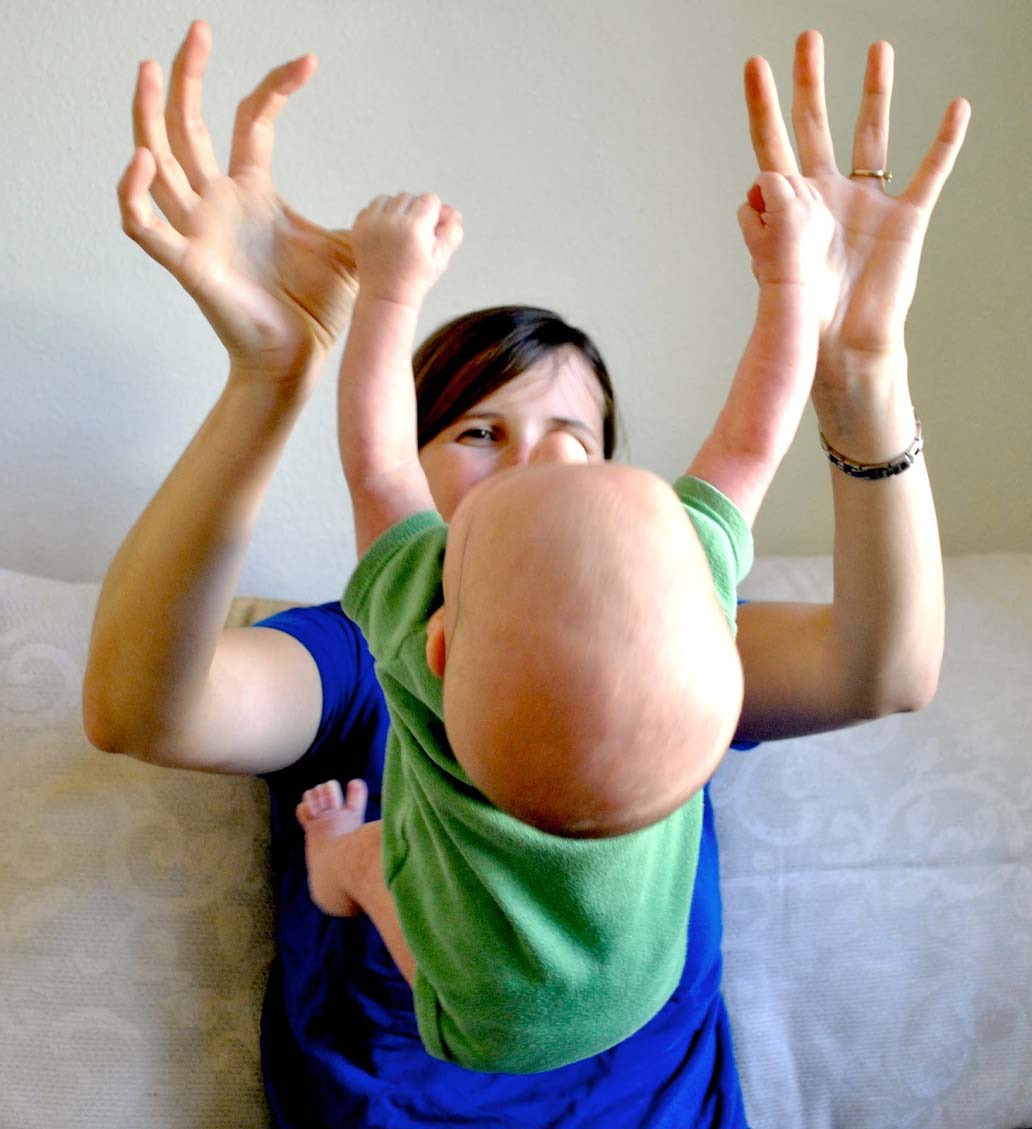
What’s back pain got to do with monkey bars? Glad you asked. To understand my assertion we have to start at the very earliest stage, birth. Newborn babies have incredible hand strength; many can hold their full weight from the very first days.
This is not unique to homo sapiens but is true of all primates as the baby must be able to cling to the mother while she travels. The big difference between other primates and modern parents is that we tend to treat babies as weaklings, carrying them everywhere, pushing them in strollers, and buckling them tightly into their car seats.
As a result of the needless and ill-conceived over-parenting, the children’s normal physical abilities begin to atrophy. In recent years this problem has become so acute that it has become known as the “Containerization Syndrome” and is being seen clinically with increasing frequency.
My theory is that the injuries reported by the Australian surgeons correlate with the still unexplained high number of playground accidents reported by ASTM and comes from the same place. We are raising our children to be motorically incompetent.
I recently saw a wonderful video: Baby climbing indoors, in which a 19-month-old child successfully ascends what appears to be a 12-foot indoor climbing wall completely unassisted. While most will find this video shocking, it actually shows what we should be expecting from our children. This is normal.
So what does this have to do with back pain? Like many people, I’ve suffered from chronic back pain for decades. Because of my interest in human physiology and motor development, I’ve studied the issue of back pain and participated in every non-invasive therapy I could find, all to no avail, that is, until I ran into the work of Esther Gokhale. Esther’s breakthrough is really rather ingenious; she looked around the world and found that back pain was nearly unknown in traditional communities and is a symptom of our western lifestyle. Her contention is that Western society has adopted a “slouch” type of posture that abnormally compresses the spine and causes pain. Her suggested practices essentially decompress the spine. This is the first technique that has begun to reduce my back pain.
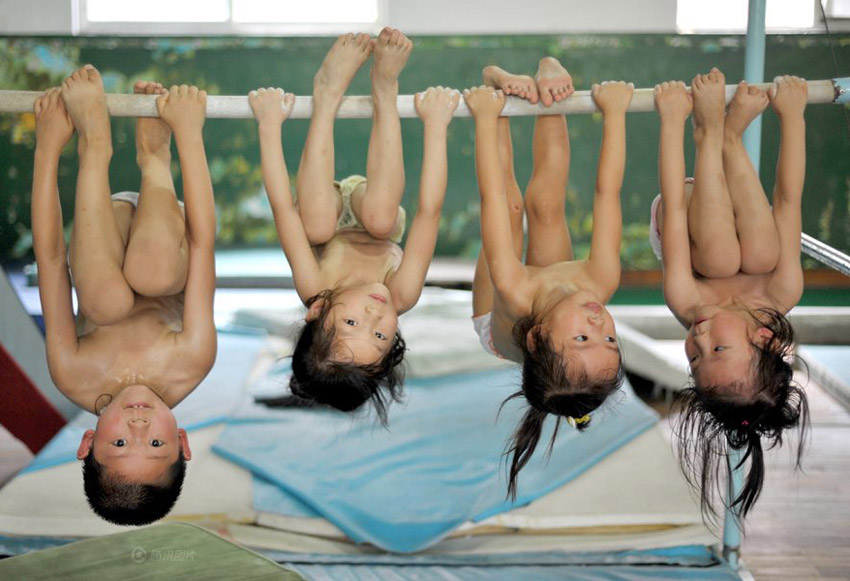
Monkey Bars Are the Answer
Kids spontaneously hang by their hands whenever the environment presents the opportunity. This “exercise” does many things but most importantly it decompresses the spine and opens up the back extensors allowing the lungs to fully inflate and the organs to settle into their correct locations. This hanging opens the spine and helps to produce correct posture. For this reason, EVERY playground needs to have elements, which support hanging by hands. This is especially true of early childhood playspaces. Today, commercial “tot” play systems are devoid of any hang by hands events.
This absence of upper body challenge for young children is akin to the oriental custom of binding girls feet so that they will fit adult’s view of beauty, and it is just as debilitating. In this case, because the child’s natural strength and spontaneous playful exercises are thwarted, when kids finally do encounter the monkey bars, they fall off and occasionally get hurt.
Monkey bars are not suited for the very young. Until a child is about 3 years of age, they cannot control their left and right sides independently. You can observe this as a two-year-old child pushes along on a scoot-around toy with both feet whereas by three they can peddle a bike.
The developmental sequence of using the monkey bars is: Hang-by-hands, reach a rung with the dominant hand and repeat, then hand-over-hand and finally skipping rungs, called brachiating. This is the NORMAL sequence that all children will try to complete. When we remove parts of this sequence, i.e. don’t put hang by hands events on early childhood playspaces, when kids first try monkey bars they may fall and, because they have not had a chance to learn how to fall, they will too often be injured.
All primates have two modes of locomotion, terrestrial walking, and arboreal climbing. Some, like gorillas, are primarily terrestrial. Others, like gibbons, are primarily arboreal. While all primates sit with nicely stacked vertebrae, when walking terrestrial primates tend to hunch over and knuckle-walk on all fours whereas arboreal primates tend to walk more erect.
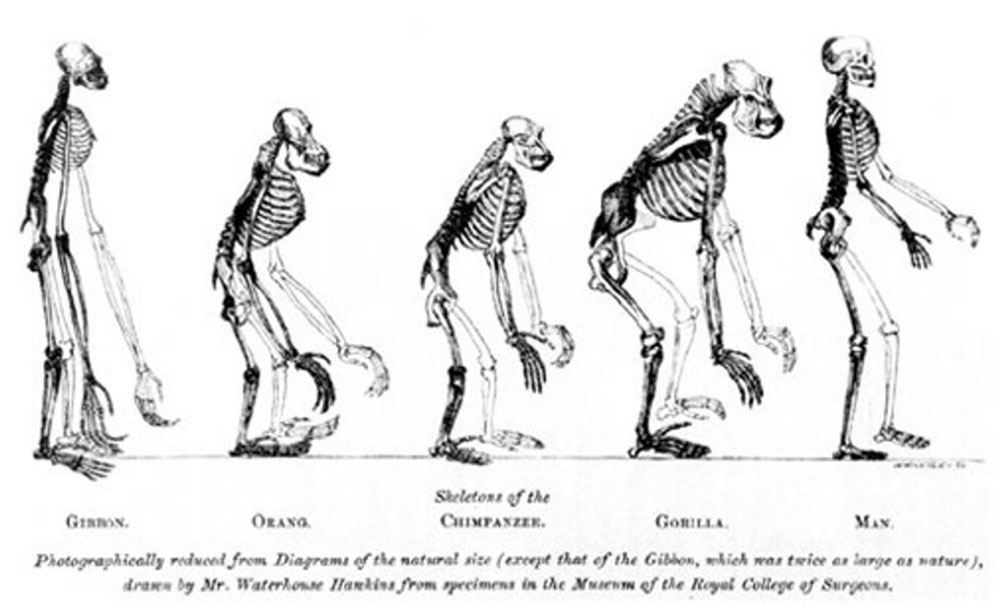
Note that the Gibbon’s erect walking posture is very similar to homo sapiens’. Also note that both the Gibbon and Orangutan have much longer arms and that their primary mode of travel is brachiation. This suggests that humans are equally suited for trees and tundra. Also, note that this is an old drawing that shows the correct curvature of the human spine. It is only in the last century or so that drawings of the “normal” spine show it tucked under.
How to Make Playgrounds Safe
In the title of this article, I used the term “stupid standards.” By using this term I do not mean to impugn the intelligence or commitment of those who have worked long and hard to create safety standards. My point is that the standards lack deep intelligence about human factors and development. The Australian surgeons have a wonderful skill but we know that what they do for back pain is less successful than non-invasive techniques. In fact, Esther Gokhale’s method is gaining wide acceptance by surgeons primarily because many in the profession have come to recognize its effectiveness and are willing to embrace a holistic approach.
As I write this the leaders of the ASTM Playground Safety Standards are wrestling mightily with the problem of how to have a standard for a non-standard piece of apparatus. This is a non-trivial problem. Because I know that the committee members are both smart and dedicated, I trust they will come to the right decisions.
Based on the previous discussion, I would like to add my suggestion to resolve this problem. I believe that the fundamental error has been to try to regulate apparatus on the assumption that the gear will be used in specific ways. Clearly, this basic assumption is wrong! Kids will do whatever they can and they play up to the point of pain. They will run up slides; they will jump from swings; they will perch on the highest points. When we count the number of slide accidents and then try to come up with a “safe” design that accounts for the accidents, we will fail, and we will always fail because children have no intention of behaving in a safe fashion.
Much of what is in the ASTM is good work. Hot surfaces, sharp edges, hard landing zones have been identified and corrected. But further reductions in accidents will not come from additional refinements to apparatus specification. There are, however, two areas that will prove effective. First, playground design should address the ways children actually play. They should include the types of challenges children are known to seek and that they need to master. Challenges on ALL playgrounds need to be presented in gradual steps so children can self-select for the skill level with which they are comfortable.
The second, and more important and effective, way to improve child safety is to educate parents and the public that the constant effort to remove any and all risk from childhood is backfiring. Not only are kids less able to deal with the everyday physical requirements of life, but we are also creating generations of citizens that are actually sick because of our child-rearing practices.
I urge the playground community to join hands with the health community and bring our best minds together to address playground safety in the context of the whole, natural child. We can foster an effective nationwide health and safety campaign whose only path for a cure is letting kids be kids.
Source



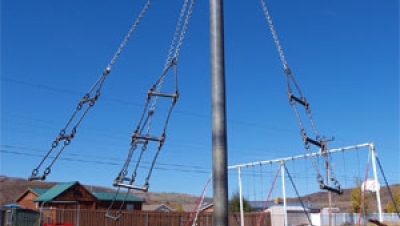

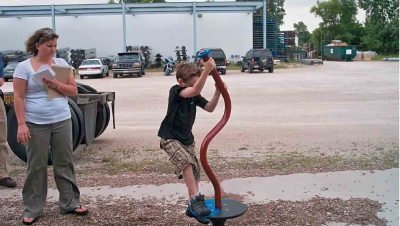





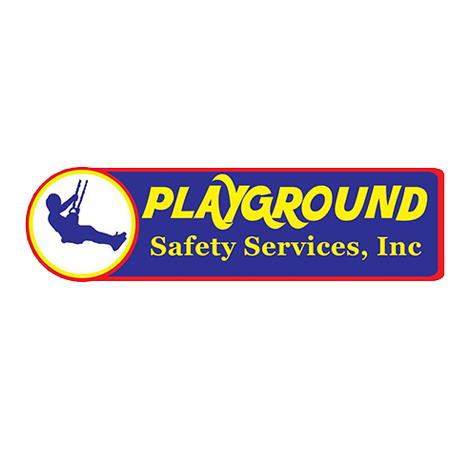


Jay Beckwith's Article
Well done and very informative. This is the direction ASTM standards are headed. Hazard Based versus Prescriptive Based approach to standard development.
Jay Beckwith's Article
Great article. It gave me another perspective on playground safety. I came into playground safety with a safety background so I sometime look at playground safety differently. In workplace safety culture we use a lot of performance based safety rules/standards. These standards allow flexibility in how we perform the task. The outcome is to reduce the hazard for the person doing the task. We also look at human performance data to increase performance and reduce risk. Fitting the task to the human.
As no confined space is the same, no playground is the same. Performance based standards allow greater flexibility in design and reduction of hazards.
Thanks again for a great insight!